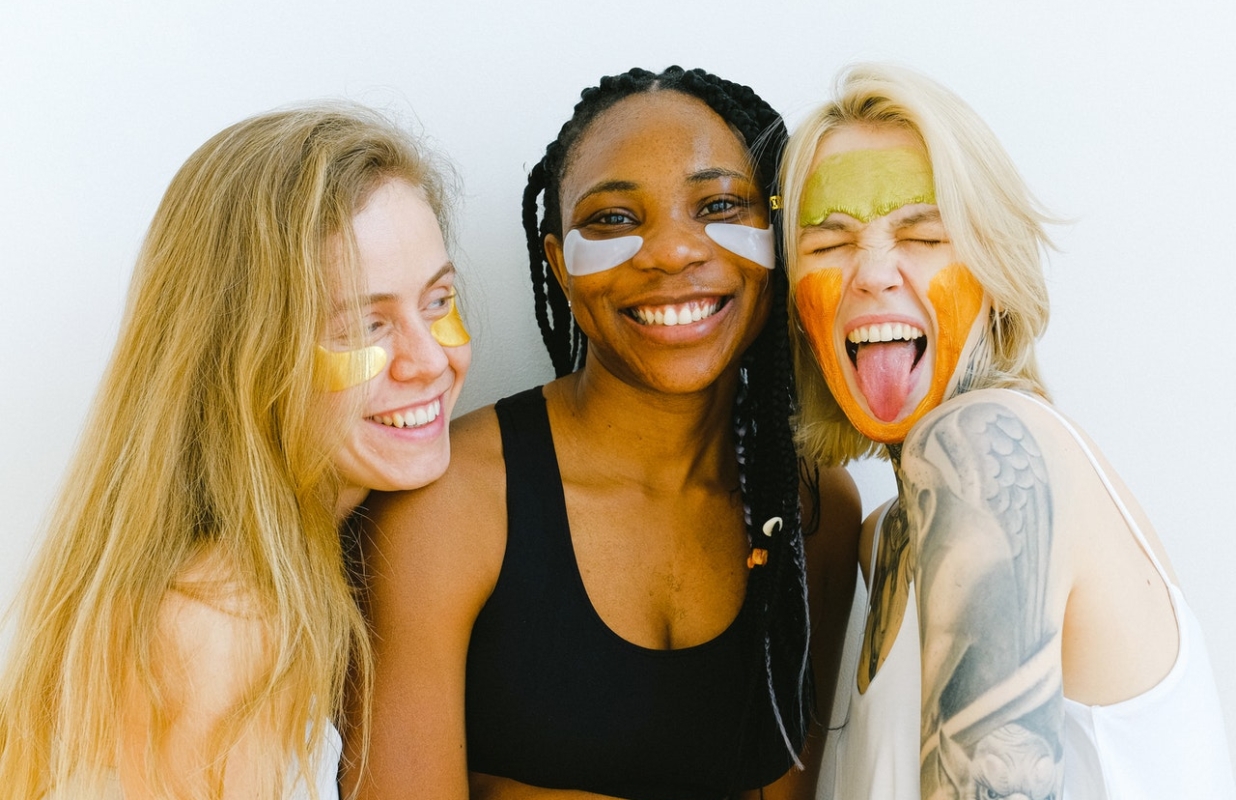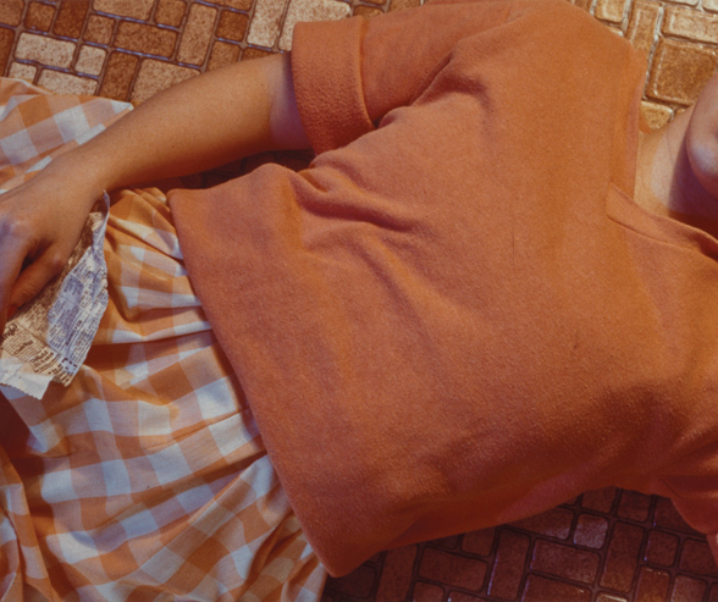Figuring out your skincare routine can be daunting. There are so many products on the market these days, it’s overwhelming knowing which ones to use. And even if you know what your skin needs, you might still be wondering: which products work? What order do I apply them in? What about eye creams? And serums? Well, look no further. This skincare guide will help you figure out which products you need, which ones you can skip, and how to treat your skin-type day and night.
The skincare industry has really taken off in recent years. As self-care has become more prevalent, skincare has naturally called attention to itself. That said, skincare can mean different things to different people depending on who you ask.
To break it down, start by figuring out what your skin needs. Is it on the dryer side? Give it moisture. Is your skin prone to acne? An acid-based treatment might do the trick. Really think about it; only you know what your skin truly needs. This should make determining which products to use a little easier.
Moving on, your skincare routine should be done in two stages: morning and night.
Your morning routine is meant to prep your skin for the day as well as protect it from the sun and environmental damage.
Your nighttime routine is meant to correct and repair your skin’s texture, tone, and overall health.
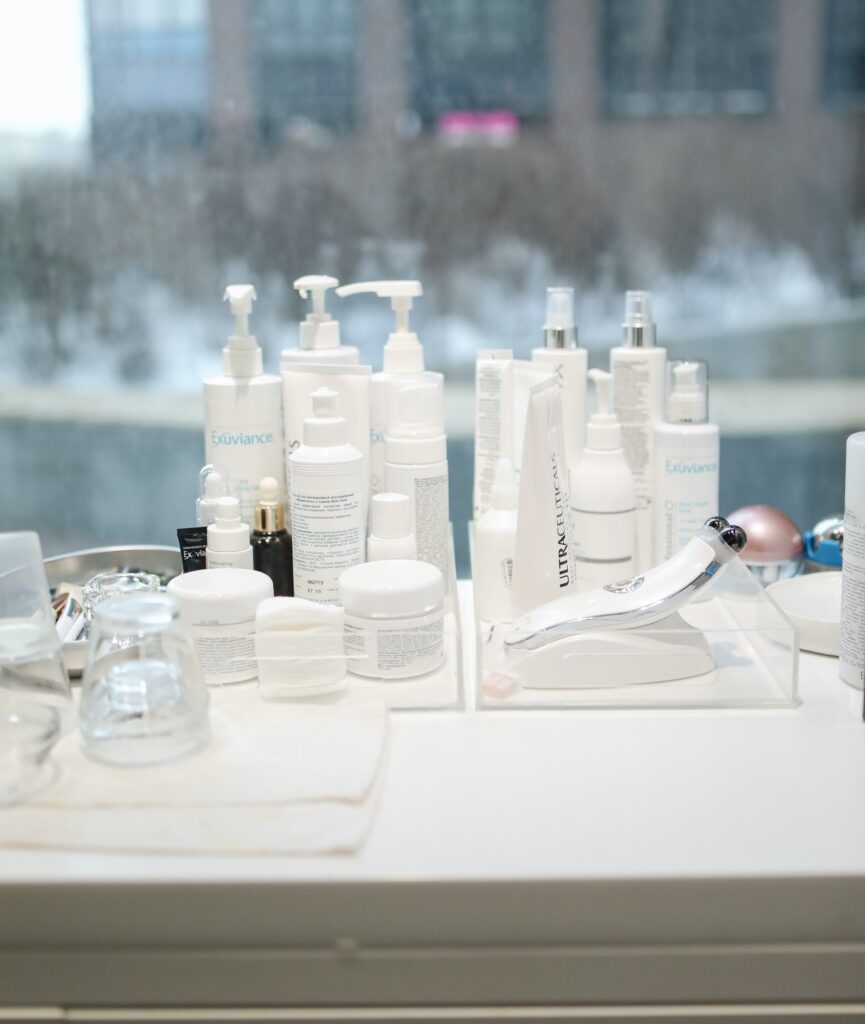
Now, with that in mind, let’s get to the reason you’re here.
Morning Routine
1. Cleanse
To start, wash your face. Any gel- or milk-based cleanser will work. Avoid foaming cleansers as they can wreak havoc on your skin, putting your skin’s pH off balance and leaving it dry and irritated. If you like washing your face in the shower, rinse it without putting your face directly under the hot water. Otherwise, wash it at the sink and pat it dry with a clean washcloth.
Avoid foaming cleansers as they can wreak havoc on your skin…
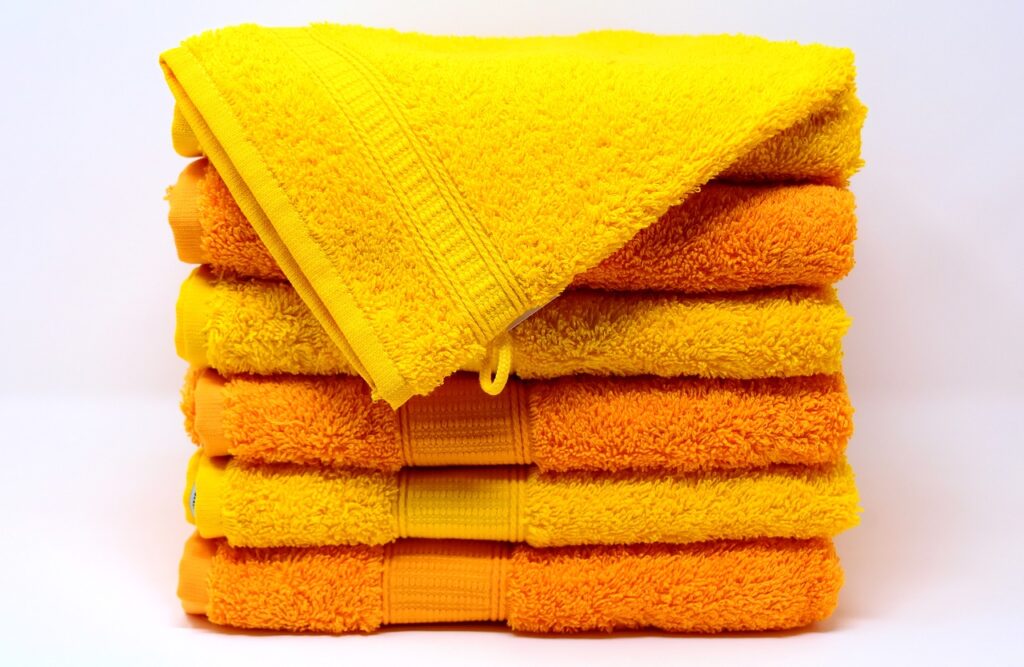
2. Exfoliate
This step is meant to lower your skin’s pH. Be sure you use an exfoliating toner rather than a scrub. The toner should say “exfoliating” or “acid” on the label and contain glycolic acid. There are a ton of products labeled as toners but they don’t exfoliate.
By exfoliating, you’re getting rid of dead skin as well as balancing your skin’s tone, hence the name. To apply, saturate a cotton round with the toner and use it on your face and chest. You can take gentler toners around the eyes.
3. Hydrate
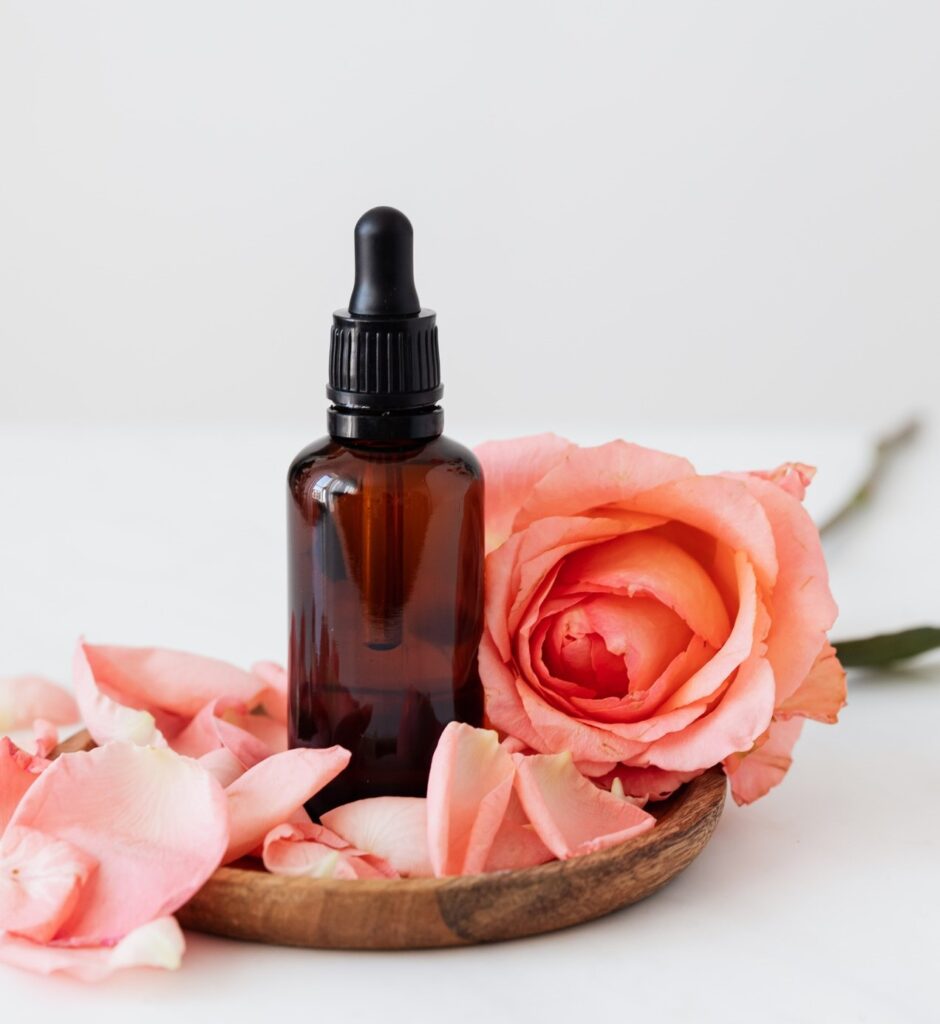
This step is intended to give your skin a little boost of hydration after exfoliating it. Use a mist or spray- this will wake you up a little!
Opt for a good quality rose-oil or coconut-oil water with hyaluronic acid in a spray bottle. Be sure the ingredient list doesn’t include any perfumes or dyes. You want the real deal.
Spritz your face a few times then let it sink in.
4. Eye Cream
For this stage, all you need is a strong moisturizing cream that is gentle enough for the delicate area around your eyes. If you have an eye cream that you love, stick to that. Otherwise, go for a cream that contains ingredients like vitamins C and E or neuropeptides. Neuropeptides are especially good for more sensitive skin types. Both of these promote collagen production and will help reduce the appearance of fine lines that occur naturally from squinting and aging. Use a pea-sized amount per eye, taking it directly underneath, above, and along the sides of your eyes, always applying in an upwards motion.
5. Serums/Oils
While serums are nice to have, if you don’t have problematic skin, you can skip this step. Serums are meant to target specific skin concerns, like wrinkles. Serums contain higher concentrations of active ingredients. If you’re concerned about wrinkles, use a serum that contains vitamin E, or opt for frankincense oil. If you’re worried about acne, use a serum that has glycolic acid in it. Glycolic acid is proven to diminish dark marks and even out skin. Put a small dose on your fingertip, transfer half of it to the fingertip on your other hand, and apply.
While serums are nice to have, if you don’t have problematic skin, you can skip this step.
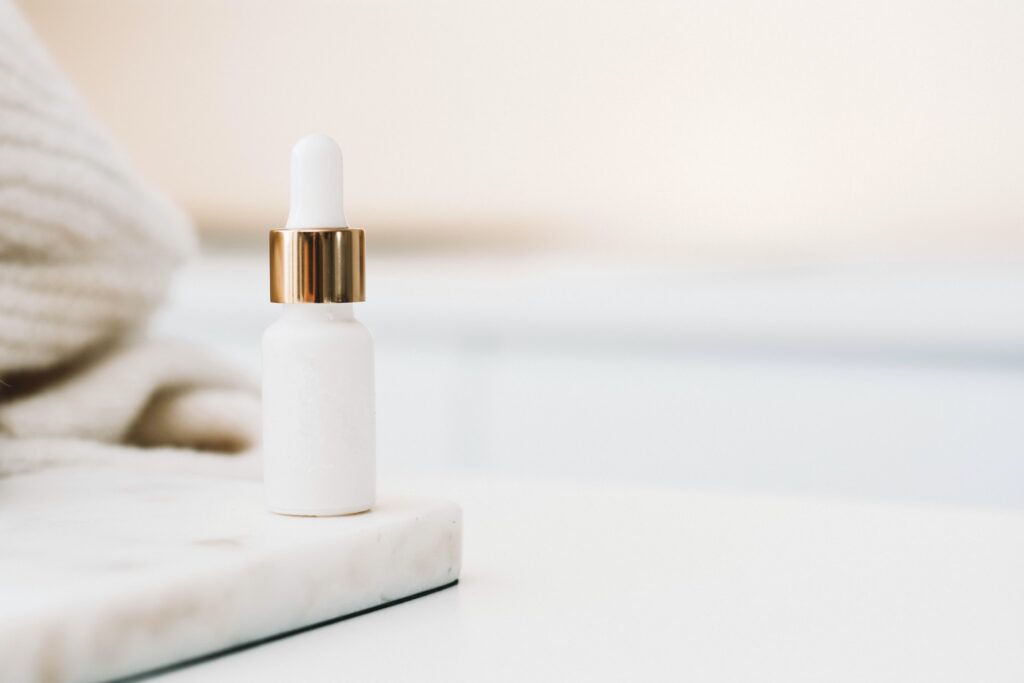
6. Moisturize
Always follow up with a moisturizer. Choose one based on your skin type, not your skin’s condition. This seals in everything from the previous steps.
7. SPF
The last and probably most important step is applying SPF. Your SPF should always be 30 or higher, and it should be a separate product from your moisturizer. Using a 2-in-1 product simply won’t work as well. If you plan on wearing a low-cut top, apply the lotion across your chest too.
Your SPF should always be 30 or higher
and it should be a separate product
from your moisturizer.
Now, on to the evening routine.
Evening Routine
1. Pre-Cleanse
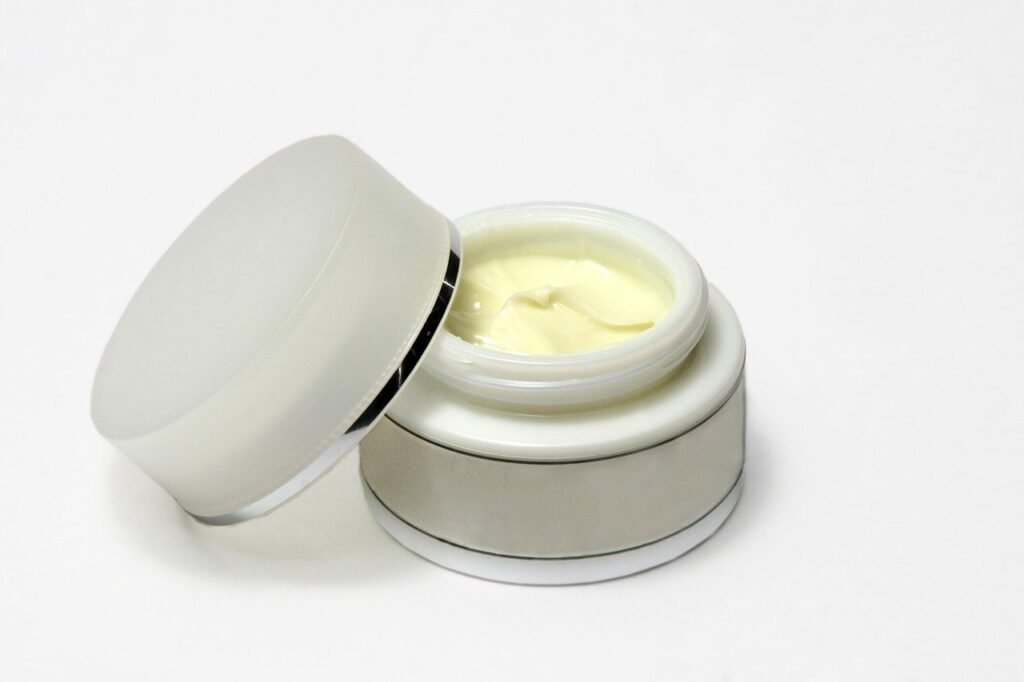
If you aren’t wearing makeup or SPF, you can skip this step and cleanse as in the morning routine. If you are, you’ll want to pre-cleanse.
Use an oil-based makeup remover like coconut oil, taking it around the eyes, wiping off any eyeliner or mascara, and then across the rest of your face. You can use either your fingertips or a cotton round.
2. Cleanse
You can use the same cleanser as you do in the morning. Pat your face dry with the same washcloth you used in the morning then throw the washcloth into your laundry basket. Use a fresh one each day.
3. Exfoliate
If you plan on using a vitamin A product, skip this step. Otherwise, proceed with your exfoliating toner as you do in the morning. If you have sensitive skin, you can exfoliate just once in the evenings.
4. Retinol
Retinol is pure vitamin A. The reason retinol is so popular is because of its ability to stimulate epidermal turnover, revealing fresh skin cells. If you plan on using a vitamin A product, skip the exfoliating toner and apply the retinol directly after cleansing. Start by using it twice a week. Depending on your skin type, you may not need a vitamin A product more than that. Others may need to use it more often.
The reason retinol is so popular is because of its ability to stimulate epidermal turnover, revealing fresh skin cells.
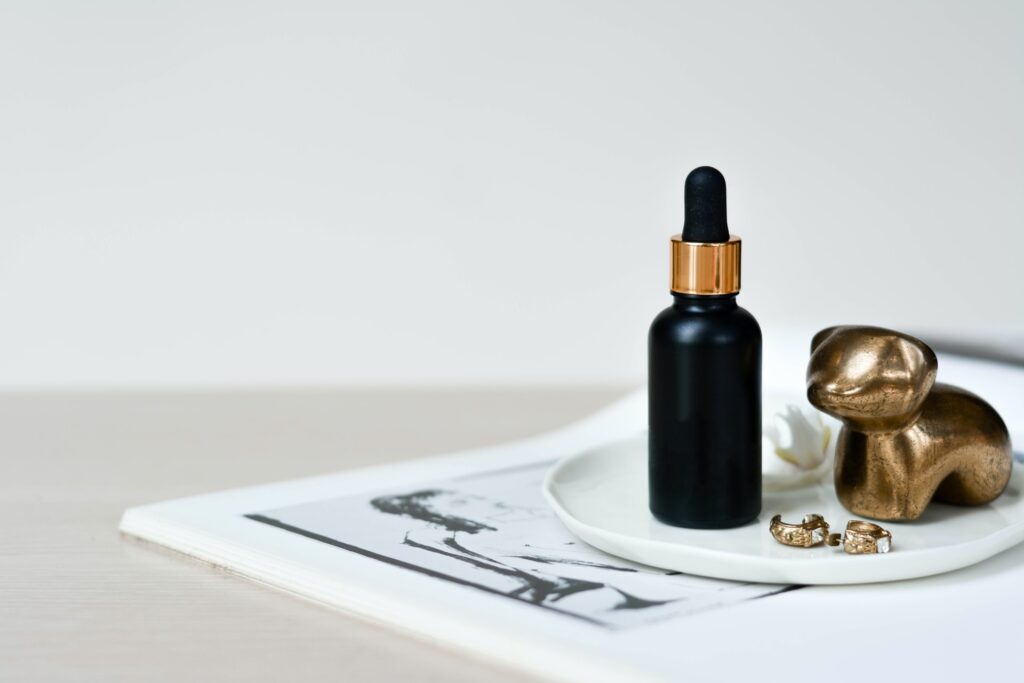
5. Eye Cream
If you used a retinol treatment, wait for it to sink in. Once your skin is touch-dry apply your eye cream as you do in the morning routine.
6. Treatments
Depending on your skin’s needs, this is where you’ll set up your skin to repair itself overnight. Have at least two serums, oils, or treatments that you can rotate. Whether it’s an oil, a wrinkle-repairing cream, or a spot treatment, apply it as instructed on the label.
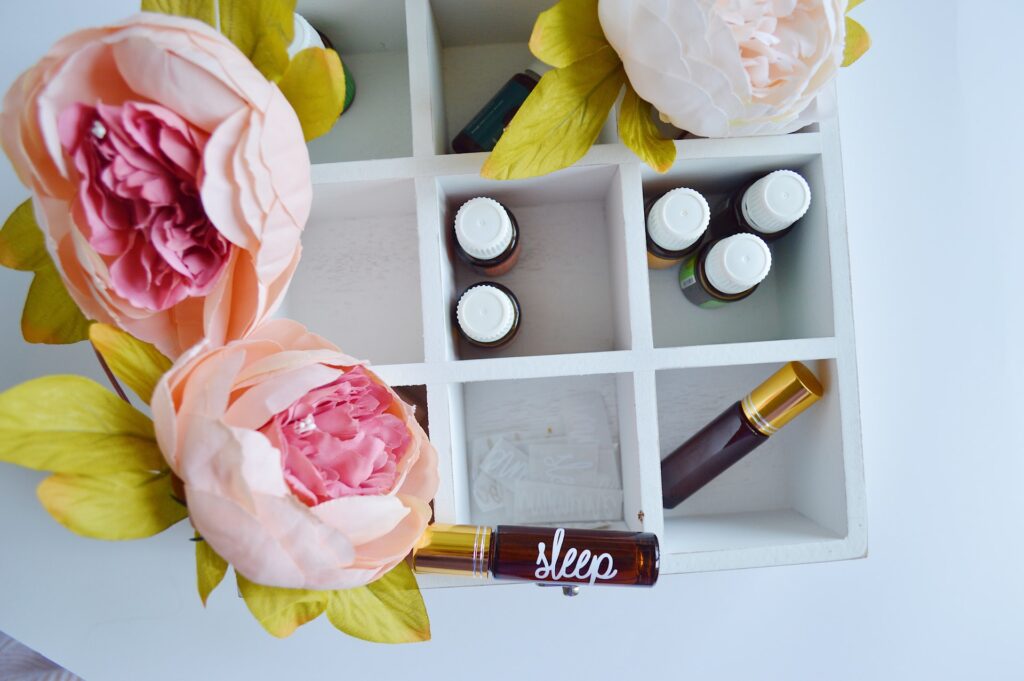
7. Moisturize
If your treatment is part of your moisturizer, you’re done. If not, then apply moisturizer as you do in the morning.
Skincare can be confusing. With so many products on the market, it’s hard to know which ones you should have in your routine. Luckily, if you know your skin-type, figuring out what you need is pretty simple. If you have un-problematic skin, you can skip the treatments. If you have acne or uneven skin-tone, use a treatment that targets that. As you get comfortable with your new or adjusted skin-care routine, your skin will tell you what it likes and doesn’t like. Just remember, only you know what your skin needs. Trust yourself. When in doubt, always cleanse, exfoliate, moisturize, and apply SPF!



